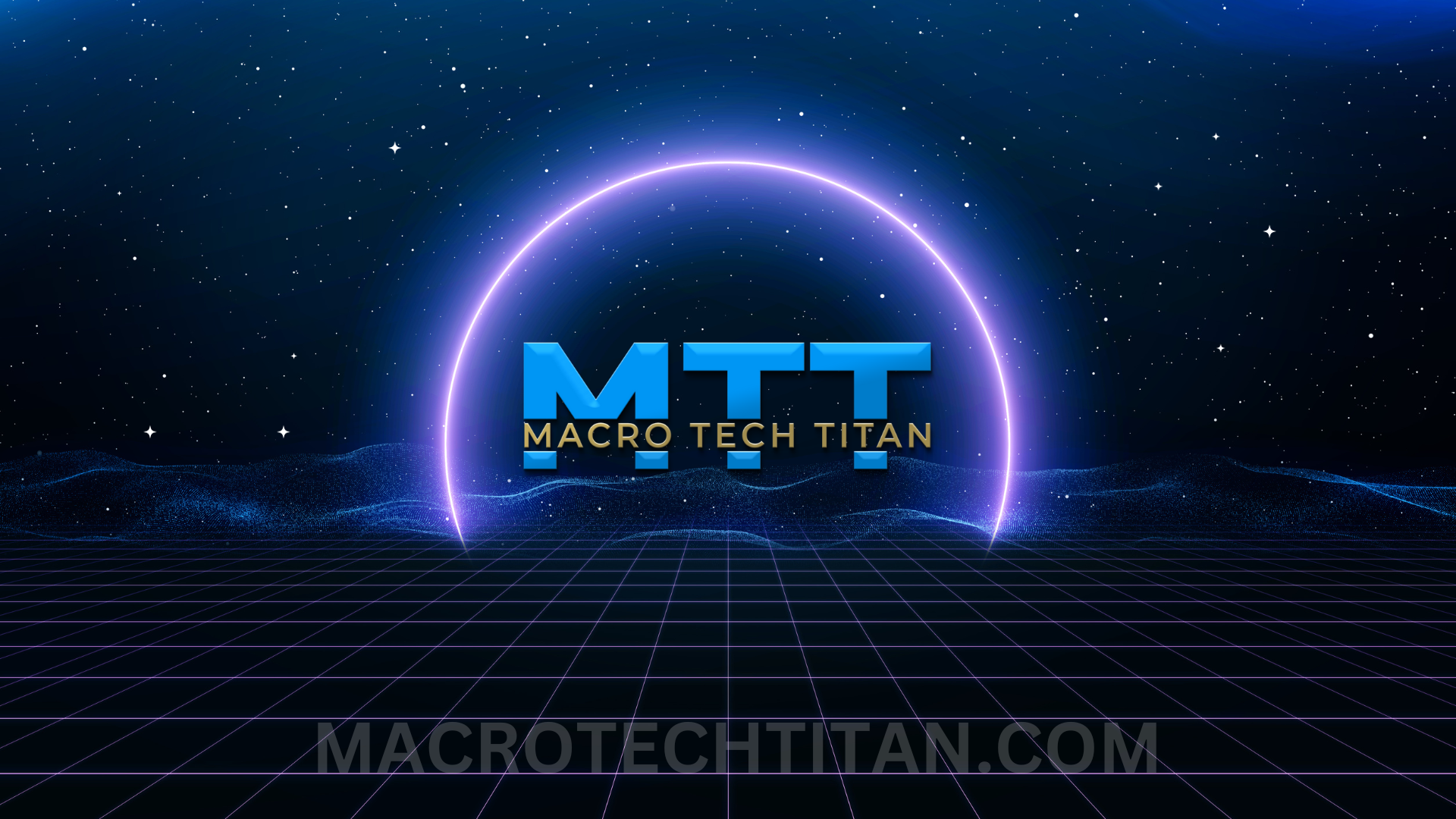We have an AI bot that can generate content and read it too!
Sit back and automate your whole workflow.
Multiply this a thousand or a million times – like Magic!
AI Content Generation and Reading: A Transformative Pair
Introduction
Artificial Intelligence (AI) has revolutionized the way we create, consume, and interact with content. AI content generation and reading technologies have made significant strides, reshaping industries like journalism, marketing, and education, while also transforming how we access and interpret information. This article explores the profound impact of AI in content generation and reading, delving into the technology’s capabilities, challenges, and its role in shaping the future of information dissemination.
I. AI-Powered Content Generation
A. Automated Writing
AI-powered content generation tools have become increasingly proficient at producing high-quality written content. These systems use Natural Language Processing (NLP) and Machine Learning (ML) algorithms to analyze vast datasets and generate human-like text. From news articles and product descriptions to blog posts and creative writing, AI can create content that is coherent, grammatically correct, and contextually relevant.
- Applications in Journalism
Journalism is one of the sectors benefiting significantly from AI content generation. News agencies employ AI algorithms to generate news reports quickly, especially for data-driven stories or financial reports. This technology enables journalists to focus on more in-depth reporting and analysis while AI handles routine tasks.
- Content Marketing
Content marketers use AI-generated content to scale their efforts. Product descriptions, social media posts, and email marketing campaigns can be automated, saving time and resources. AI also helps tailor content to specific audience segments, enhancing engagement and conversion rates.
B. Personalized Content
AI can analyze user data and preferences to deliver personalized content recommendations. Whether in the form of Netflix movie suggestions, Spotify playlists, or Amazon product recommendations, AI algorithms continually refine their suggestions, enhancing user satisfaction.
- Education
In education, AI can curate personalized learning materials, adapting content to individual students’ needs and learning styles. This approach fosters more effective learning outcomes, catering to diverse student abilities and interests.
- News Aggregators
AI-driven news aggregators compile news articles tailored to users’ interests, ensuring they receive content aligned with their preferences. This not only enhances user engagement but also reduces information overload.
C. Content Enhancement
AI can also be used to enhance existing content. This includes tasks like proofreading, grammar checking, and style improvement. For instance, AI tools like Grammarly have become indispensable for writers, offering real-time suggestions to enhance the quality of their work.
- Language Translation
AI-powered translation services have made communication across languages more accessible. Services like Google Translate utilize AI to provide reasonably accurate translations, facilitating global collaboration and information exchange.
- Accessibility
AI-driven tools can make digital content more accessible to individuals with disabilities. Screen readers, for example, use AI to convert text to speech, enabling visually impaired individuals to engage with written content.
II. AI-Powered Reading
A. Text-to-Speech (TTS)
Text-to-Speech technology has made written content more accessible and versatile. AI-driven TTS engines can convert written text into natural-sounding spoken words. These technologies are particularly valuable for audiobooks, accessibility features, and virtual assistants.
- Audiobooks
The audiobook industry has witnessed explosive growth, partly driven by AI TTS. These systems offer an engaging and convenient way to consume books, and they allow listeners to multitask while enjoying literature.
- Accessibility
AI-driven TTS enhances accessibility for visually impaired individuals, making digital content, websites, and ebooks accessible through spoken words. This technology promotes inclusivity in the digital realm.
B. Language Comprehension
AI reading technologies have advanced language comprehension, enabling machines to understand and interpret written content. This capability is crucial for applications like chatbots, virtual assistants, and sentiment analysis.
- Virtual Assistants
Virtual assistants like Amazon’s Alexa and Apple’s Siri rely on AI to understand and respond to natural language queries. These systems can provide weather updates, answer trivia questions, and even read news articles aloud.
- Sentiment Analysis
Businesses use AI-driven sentiment analysis tools to gauge public opinion and customer feedback. These systems can analyze social media posts, product reviews, and news articles to determine sentiment trends and make informed decisions.
C. Summarization
AI-powered summarization tools can analyze lengthy documents and distill key information into concise summaries. This is invaluable for busy professionals, researchers, and news readers.
- Research
Researchers can use AI-driven summarization tools to expedite literature reviews and identify relevant studies quickly. AI-generated summaries help researchers pinpoint crucial findings and determine the relevance of papers.
- News Aggregation
AI-driven news aggregators can generate concise article summaries, allowing users to quickly scan headlines and decide which articles to read in-depth.
III. Challenges and Considerations
Despite the transformative potential of AI content generation and reading, several challenges and considerations must be addressed:
A. Quality Control
AI-generated content can lack nuance, creativity, or a human touch. Maintaining quality and authenticity is essential, particularly in creative fields like literature, art, and journalism.
B. Bias and Fairness
AI algorithms can inadvertently perpetuate biases present in training data, leading to biased content. Ensuring fairness and neutrality is crucial, especially in news reporting and recommendation systems.
C. Privacy
AI’s ability to personalize content raises concerns about data privacy. Safeguarding user data and providing transparent data usage policies are essential to maintaining trust.
D. Ethical Use
AI content generation raises ethical questions, such as the potential misuse of AI to generate fake news, propaganda, or deceptive content. Ethical guidelines and regulations must evolve alongside AI capabilities.
E. Human-Computer Interaction
As AI becomes more integral to content creation and reading, the user experience will be critical. User interfaces must be designed with ease of use and accessibility in mind.
Conclusion
AI content generation and reading technologies have ushered in a new era of content creation, consumption, and accessibility. From personalized recommendations to virtual assistants, AI-driven tools are enhancing how we interact with written content. However, these advancements come with challenges related to quality control, bias, privacy, ethics, and user experience. As AI continues to evolve, addressing these challenges will be essential to harness its full potential in reshaping the future of content generation and reading.




